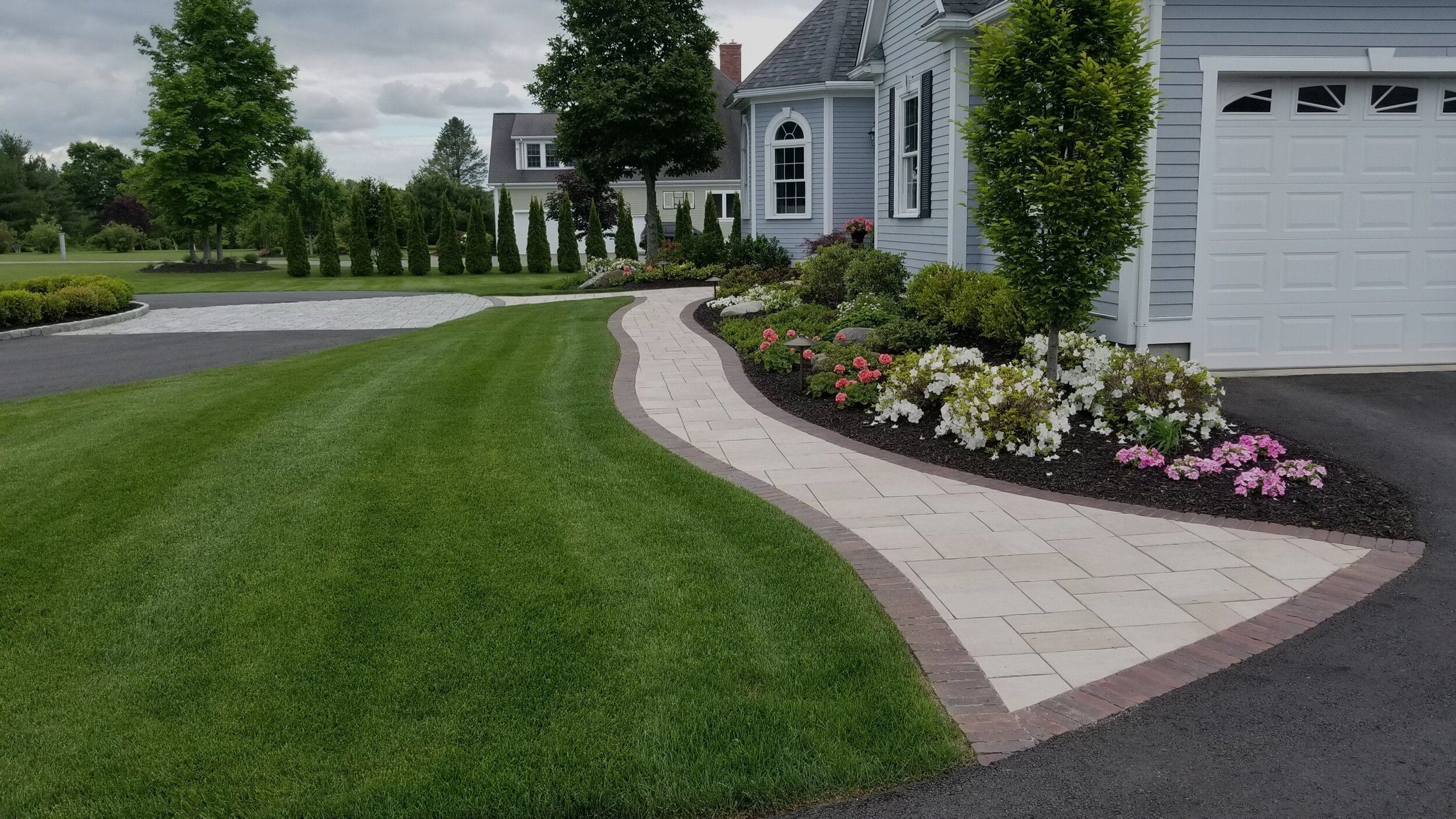Why Selecting the Right Palm Desert Landscaping Service Matters
Why Selecting the Right Palm Desert Landscaping Service Matters
Blog Article
A Comprehensive Guide to Designing and Implementing Effective Landscape Design Solutions
The art and scientific research of landscaping expand past mere appearances; they involve a thoughtful assimilation of style concepts, environmental stewardship, and sensible implementation. What approaches can one employ to make sure these landscapes not only grow yet also prosper in harmony with their surroundings?

Recognizing Landscape Layout Principles
One might question what fundamental elements add to efficient landscape design. At its core, effective landscape style hinges on numerous crucial principles that lead the setup and selection of components within an area. These concepts consist of unity, rhythm, balance, and percentage, each serving to develop a harmonious exterior atmosphere.
Unity describes the natural connection among different components, making certain that they collaborate aesthetically and functionally. Equilibrium can be accomplished via asymmetrical or balanced plans, permitting the landscape to feel steady and inviting. Proportion entails comprehending the scale of elements in connection to each various other and the surrounding atmosphere, advertising aesthetic harmony and convenience.

Assessing Your Outdoor Area
Prior to executing the principles of landscape layout, a comprehensive analysis of your exterior space is crucial. This first assessment aids define the range of your landscape design task and makes certain that your style straightens with the unique attributes of your building. Begin by analyzing the dimensions of your room, taking accurate dimensions to recognize the readily available location for various aspects such as patios, pathways, and gardens.
Next, observe the existing functions of your landscape, including topography, soil quality, and drainage patterns. These elements substantially affect plant choice and placement. Additionally, evaluate the sunlight exposure throughout various locations throughout the day, as this will certainly affect the types of plants that flourish in your garden.
Consider the microclimates developed by structures, trees, and other obstacles, as they can influence temperature level and wetness levels. Take note of any kind of existing plants or hardscape aspects that you wish to retain or get rid of. This comprehensive analysis lays the foundation for a reliable and knowledgeable landscaping remedy, making sure that your design is not just visually pleasing but sustainable and additionally practical for years ahead.
Sustainable Landscape Design Methods
These methods not only advertise ecological balance yet additionally boost the aesthetic and practical worth of a landscape. Executing efficient irrigation systems, such as drip irrigation, decreases water waste and makes certain that plants receive sufficient wetness (Palm Desert Landscaping).

One more effective technique is the strategic positioning of trees and bushes to provide natural windbreaks and color, hence lowering power prices (Palm Desert Landscaping). Rain gardens can be incorporated right into the landscape design to manage stormwater runoff effectively, filtering contaminants prior to they get in rivers
Choosing the Right Plant Kingdoms
Choosing the right plants for your landscape is critical to achieving both visual charm and ecological consistency. The procedure starts with an understanding of your neighborhood environment, dirt problems, and the certain microenvironments within your landscape. Assessing aspects such as sunshine direct exposure, dampness levels, and existing vegetations will aid you choose plants that grow in your unique setting.
Consider incorporating indigenous plants, as they are well-adapted to local conditions, require less maintenance, and support local wildlife. In addition, selecting a varied selection of varieties can boost biodiversity while minimizing the threat of illness and bug break outs. It is necessary to evaluate the growth routines, growing periods, and seasonal colors of prospective plants to produce a vibrant and cohesive landscape.
Moreover, assume concerning the intended use the area; for example, if the location will certainly experience high foot traffic, choose for resistant ground covers. By attentively selecting plants that align with both your environmental needs and aesthetic goals, you can create a lasting landscape that not just enhances your property yet likewise contributes favorably to the surrounding ecosystem.

Application and Upkeep Techniques
Once the appropriate plants have been chosen for your landscape, the emphasis moves to effective application and recurring upkeep strategies. Successful setup look at this website starts with proper site preparation, which consists of dirt screening to determine nutrient levels and pH, complied with by modifying the dirt as required. Carefully organize plants according to their growth routines and light demands, ensuring appropriate spacing to promote healthy and balanced development.
Irrigation is an important aspect of application. Develop a watering timetable that takes into consideration the details needs of each plant species, adjusting for seasonal changes. Utilizing drip irrigation systems can enhance water efficiency and reduce runoff.
Maintenance strategies must be implemented to ensure the longevity and vigor of your landscape. Normal jobs consist of weeding, mulching, and trimming to regulate development and stop illness. Fertilization ought to be conducted based on dirt examinations, offering the needed nutrients without over-fertilizing.
Monitoring for bugs and conditions is crucial; early discovery can stop considerable damage. Lastly, seasonal changes to upkeep routines, such as winterizing perennials and preparing for springtime development, will ensure that your landscape continues to be healthy and balanced and visually enticing year-round.
Verdict
Effective execution and ongoing upkeep this page additionally guarantee the long life and vitality of landscapes. By incorporating these components, landscapes can be changed into gorgeous, practical atmospheres that promote biodiversity and add positively to area wellness.
One might question what foundational aspects contribute to efficient landscape style. At its core, effective landscape layout pivots on numerous key principles that guide the plan and option of aspects within a room.Picking the right plants for your landscape is essential to attaining both visual allure and eco-friendly consistency. It is essential to evaluate the development behaviors, growing durations, and seasonal colors of possible plants to create a dynamic and cohesive landscape.
As soon as the right plants have been picked for your landscape, the emphasis changes to reliable application and continuous maintenance strategies.
Report this page